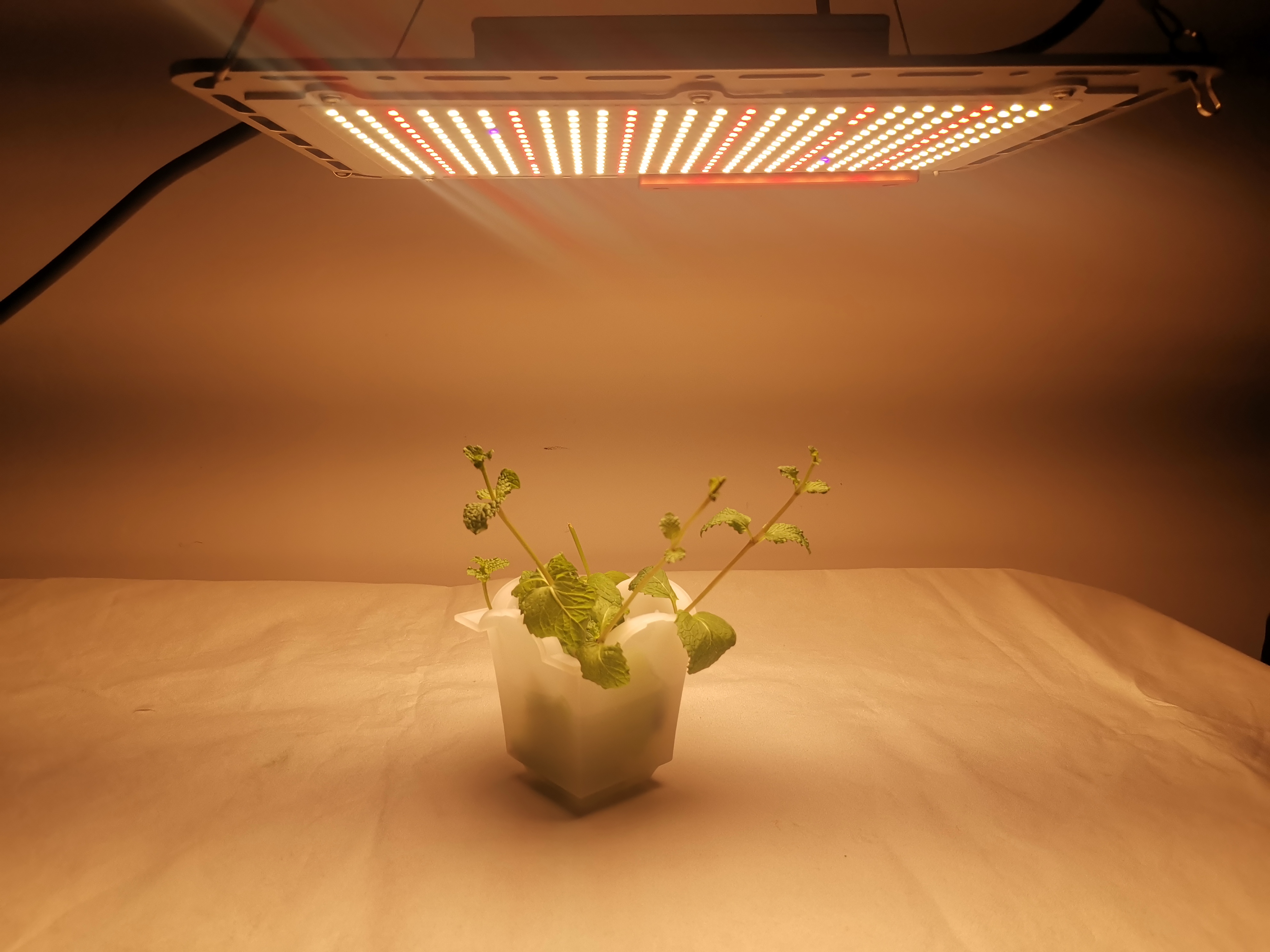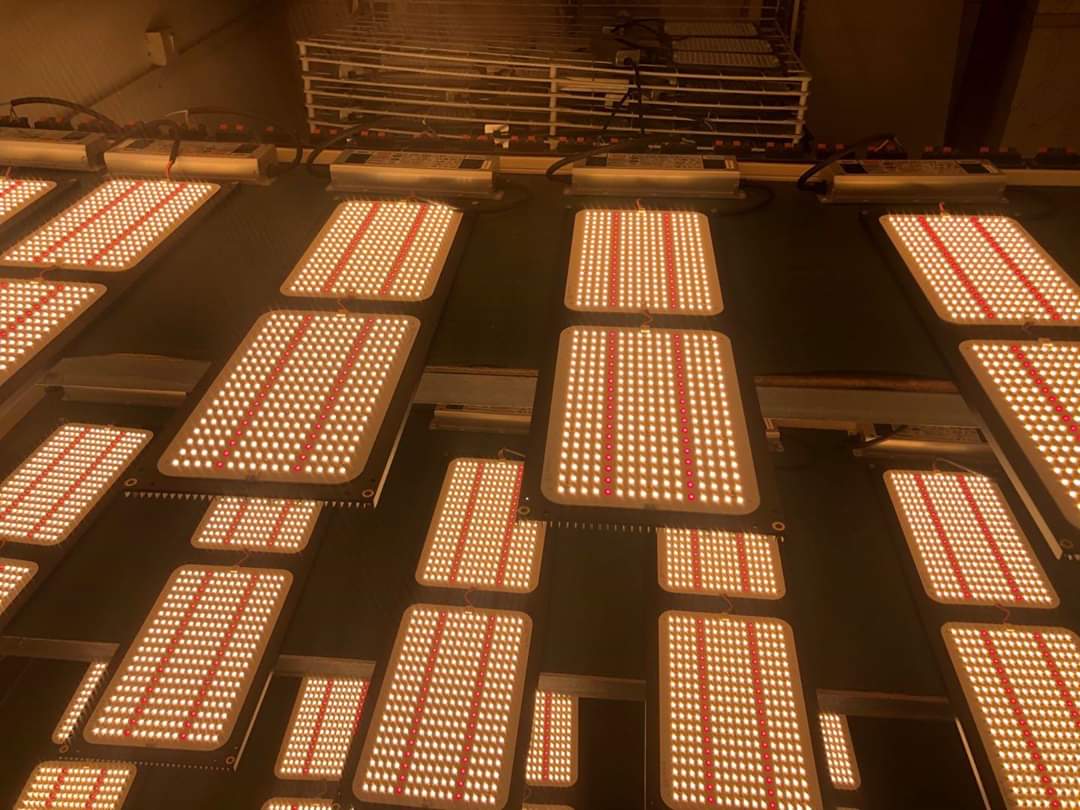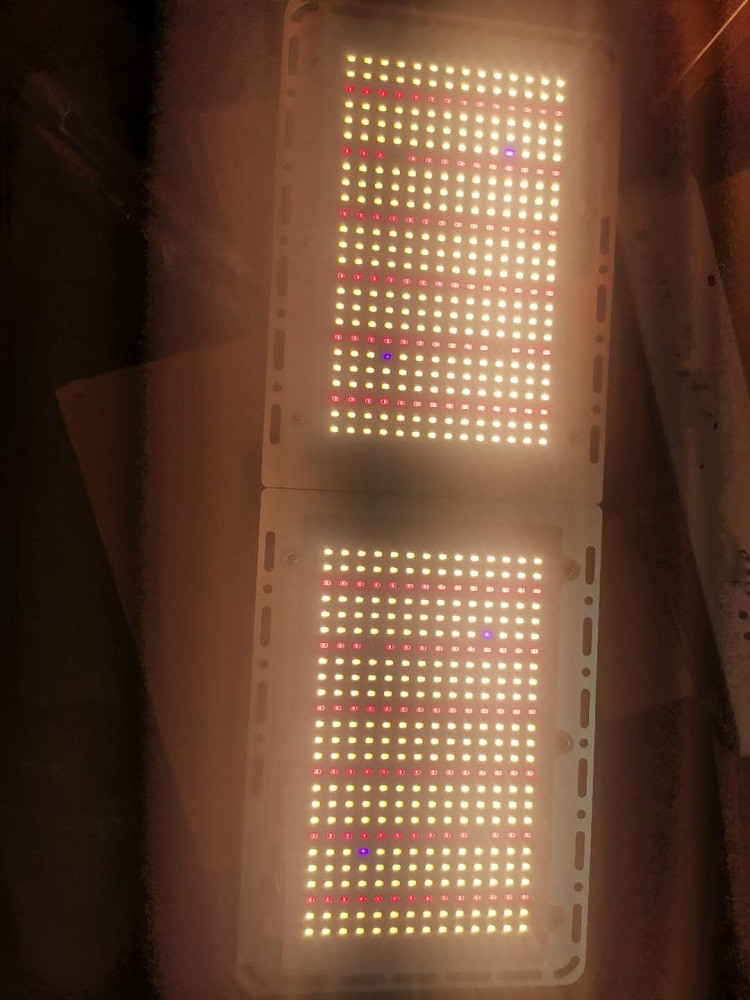1. Before we talk about landscape lighting, we should know what the landscape includes. 







The landscape should be very broad, according to the definition of the lighting handbook compiled by the North American Lighting Society. The landscape includes soft landscapes, hardscapes, and indoor and outdoor. There are a wide variety of landscapes, covering a wide range of areas, usually from the perspective of landscape lighting, including architecture, sculpture, and plants.
2. What is the main purpose of landscape lighting?

Landscape lighting should be to beautify the city, enhance the image of the city at night, and promote the development of urban economic tourism. In many times in our country, it has become a lighting project, and it has become a performance. Many of them cannot be aesthetically pleasing or designed.
3. Can landscape lighting be divided into two types: reproduction and remodeling?
I think it should be divided into two categories, to reproduce and reshape the two types. How to design specifically, the designer must make a choice. If the illumination is reproduced, the saturation of the light source is low, and the object color is mainly displayed. If the light source is saturated, the color of the light source is displayed. (Saturation is also called purity, which refers to the vividness of the color)
4. What is the relationship between landscape lighting and lighting?
Now the landscape lighting feels equal to the lighting. Designers should consider darkening. This is a visual contrast process. If the surroundings are dark, the target is brighter and already bright. And now that it's everywhere, designers can't design it to be brighter. Landscape lighting should go back to the source, really beautifying the city, not becoming a light pollution.
5. Landscape lighting source color should be white light, low saturation or high saturation?

(Figure: the color of the different color samples is similar to the corresponding light source color)
Some believe that the saturation is high according to the current urban landscape. But I don't think so. Reproduction lighting is not suitable for high purity sources. According to my research, after the high-purity light source illuminates the object, the color of the light source is displayed, not the color of the object. Generally, it is better to use a low-purity light source.


(Figure: green monochromatic lighting shows the color of the light source)
For example, if the green vegetation is illuminated, the light source is only suitable for white and some green. If the green light source is used directly, the effect is terrible, and the principle of fresh light is similar. High-purity light sources can be considered in reshaping lighting, and the color of the light source is displayed.
6. Is the brightness of the landscape illumination source important or the brightness of the landscape reflection important?

(Figure: metal halide lighting)
This issue, I think is the latter important. The brightness of the light source is higher, and the spectrum and the landscape do not match, so that the reflection brightness is low, which is not acceptable. The evaluation of the brightness index is complicated, and the brightness of the landscape is related to the observation angle. The light source has high luminous efficiency, large luminous flux and large natural brightness. For the landscape, I proposed a concept of spectral emission efficiency to evaluate the reflection efficiency, which can also be quantitatively evaluated.
7. What is the relationship between the light color of the landscape lighting and the reflected light color of the landscape object? How to deal with it?
In fact, this is a very complicated problem, involving the spectrum of the light source and the spectral reflection curve of the object, which is equivalent to a subtractive process. Adding color is very simple, the chromaticity diagram is well calculated, and the color reduction is unpredictable. The theory has been experimentally verified.
For the light color of the light source and the light color of the landscape object, the group friend Lin Boxiang raised such a doubt:
Is it contradictory to reduce the light color of the light source and increase the color of the reflected light? Can it be achieved?
For this I think:
It can be well optimized to achieve the desired light source color and to match the landscape reflectance spectrum. Therefore, LED is relatively easy to implement, of course, the more the light source is biased toward the object, the easier it is to get better results.
8. Is the multi-chip LED light source the right source for landscape lighting?

I have done a lot of LED spectroscopy optimization research and some experiments recently, of course, not exactly for landscape lighting, but I think the spectral flexibility of this light source makes it suitable for landscape lighting. Due to the current technical problems, multi-chip LEDs have inconsistencies in light color in functional lighting, but they can be ignored in the landscape.

(Figure: Spectral simulation of six monochromatic light sources)
Multi-chip LEDs have an adjustable spectrum that allows for optimization for different landscapes. Using other light sources can only be used to calculate which one is more suitable for which landscape, can not achieve more optimized results, and is well optimized, the reflection efficiency can be improved by several tens to several times, and the light color effect can also be simultaneously Consider the light source color and the landscape reflection color.
9. Can landscape lighting quantify indicators? How to assist landscape lighting design?

I actually did a lot of related work. I think quantification is to help lighting design, not to limit lighting design. Lighting design is very demanding for designers, requires a lot of knowledge, and a wealth of experience, and quantitative work, can let the designer predict the color effect and efficiency before design. The designer's use of his own design experience and ideas to select the work to better achieve the desired effect, rather than succumb to the limited number of designs that traditional light sources can provide, just like building parametric design. Some lighting designs can also achieve this.
Group interaction
The host's point of view is also supported by the group of friends, and the true color lighting that supports low saturation should be the direction of landscape lighting.
In addition, many netizens also asked questions in the discussion:
1. The current park lighting design is actually the lighting design. For example, the standard stipulates how wide the road, how far a garden light can't exceed the power, and then the designer spends a little thought on the shape, according to the standard arrangement, left The next thing is to find some plants to illuminate. What should be the real landscape lighting design?
On the road, it is necessary to play functional lighting, visual guidance, and to achieve certain landscape functions. It also has to comply with the standards.
2. Group Friends Xu Hong: What are the specific requirements for landscape lighting for excellent LED lamps? How to use the characteristics of LED to provide new innovative resources for landscape lighting?
I think LED is a very suitable light source for landscape lighting. Its spectrum is flexible and the color of light is different. It is easy to match the landscape.
Different lighting methods can be combined, as long as the effect can be achieved, the lamps are more, the power is smaller and the design is better. Generally, the lamp does not see the best, only the effect is seen.
3. Mr. Xue from the group: In the landscape lighting, especially in the green belt, does it involve some light wave repellent functions? The discussion with the moderator can be drawn:
According to different local needs, it can be considered.
The light waves of mosquito repellent also contribute to the landscaping and function.
It can be used for the landscape of plants, because there are many mosquitoes in the plant area, such as no mosquitoes, it is also convenient for people to experience at close range.

Learn about the latest LED information! Scan the QR code below to focus on the first LED WeChat ().

This catalogue include 110w,220w,450w,600w quantum board, use samsung LM301B+Epistar 660nm chip, meanwell driver, works well for indoor plant growth. Diy Quantum Board Grow Light the best choose for indoor plant growth, Whether it's hydroponics, plants in soil, you can add a touch of magic to every veg and flower with QB grow lights.



Quantum Board Samsung,Samsung Led Quantum Board,Samsung Quantum Board Led,Quantum Board Vs Cob Grow Light
Shenzhen Wenyi Lighting Technology Co., Ltd , https://www.wycngrow.com